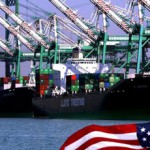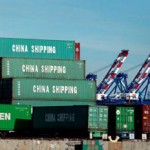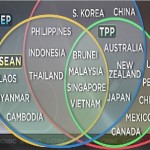Trans-Pacific Partnership: vast trade deal made public
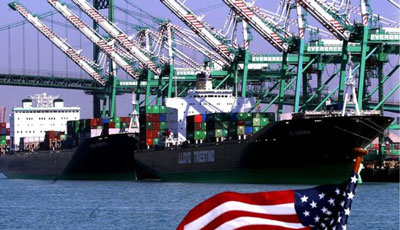
The long-awaited text of the landmark trade deal called the Trans-Pacific Partnership (TPP) has been released to the public for the first time.
The TPP is one of the world’s most extensive trade agreements, bringing together 12 Pacific rim countries, including the US and Japan.
The deal was struck last month after five years of tense negotiations, but continues to face fierce opposition.
The text still has to be translated into the languages of the signatories.
It also must still be ratified by lawmakers in each member country and some of the countries involved need it to undergo a legal review.
A controversial deal

- What is the TPP? and why does it matter?
- Experts’ views on what’s at stake in the deal
- Carmakers, farmers, drug companies: the winners and losers in the TPP
The full text is about 6,000 pages long and was first released by New Zealand’s government.
Critics have said the deal is biased towards corporations, and does not cover climate change concerns, among several other issues.
Public Citizen’s Global Trade Watch said on Thursday the final text had revealed details about the deal that were worse than expected.
“Apparently, the TPP’s proponents resorted to such extreme secrecy during negotiations because the text shows that the TPP would offshore more American jobs, lower our wages, flood us with unsafe imported food and expose our laws to attack in foreign tribunals,” the organisation’s director Lori Wallach said.
‘Failed to be transparent’
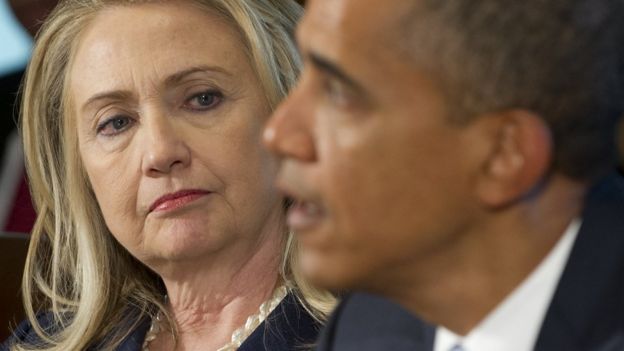
On Thursday, US President Barack Obama formally notified Congress of his intent to sign the deal, but he must gather support in Washington to ensure it will be formally approved.
Last month, US presidential hopeful Hillary Clinton came out against the TPP, saying she was not in favour of what she had learned about it. She joined rivals for the Democratic presidential nomination, Martin O’Malley and Bernie Sanders in her stance against the deal.
On the release of the full text of the TPP, Canada’s newly-elected Prime Minister Justin Trudeau said that while his party supported free trade, the previous government had “failed to be transparent through the entirety of the [TPP] negotiations”.
“Especially in regards to what Canada is conceding in order to be accepted into this partnership,” he said in a statement.
“The federal government must keep its word and defend Canadian interests during the TPP’s ratification process – which includes defending supply management, our auto sector, and Canadian manufacturers across the country,” he added.
In Australia, the country’s trade and investment minister Andrew Robb said the release of the text to the public honoured a commitment from all member countries to do so before it was officially signed.
“Today’s release… provides the Australian public with an opportunity to examine the text and more fully understand any areas of the negotiation that are of interest to them,” Mr Robb said.
He said the deal would “contribute substantially to the diversification of [Australia’s] economy” and would reduce the need to rely on one sector or market, “regardless of how strong they are”.
The member countries of the TPP account for some 40% of the global economy and include Australia, Canada, Chile, Japan, Malaysia, Mexico, New Zealand, Peru, Singapore, the United States and Vietnam.
The deal cuts trade tariffs and sets common standards in trade for all the countries.
Source: BBC – Trans-Pacific Partnership: vast trade deal made public









